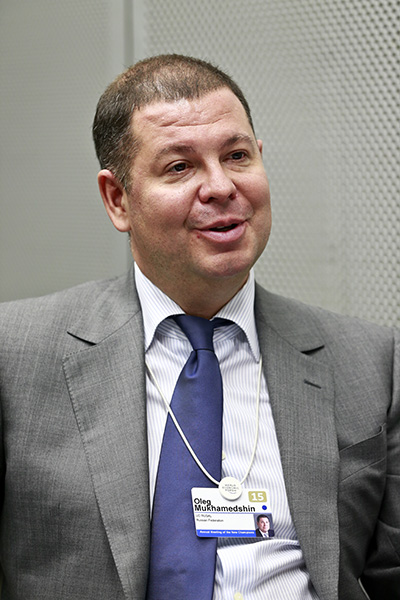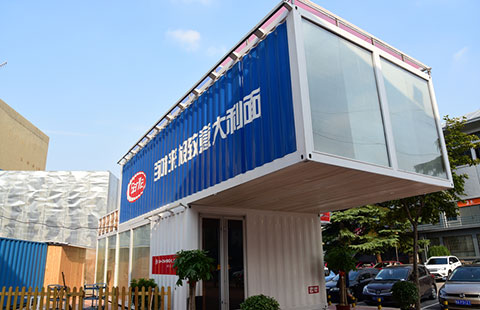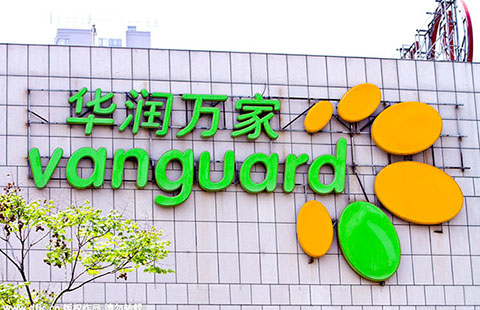Rusal plans more JVs with Chinese companies
By He Yini (China Daily) Updated: 2015-09-10 09:35
 |
|
Oleg Mukhamedshin, deputy chief executive officer of UC Rusal |
"Rusal has a clear advantage in aluminum technologies, and hydropower resources are abundant in Russia," Oleg Mukhamedshin, deputy chief executive officer of UC Rusal, said during the ongoing Annual Meeting of the New Champions 2015, or the Summer Davos, in Dalian.
"Chinese companies' strong edge in engineering and design and in other areas will help us develop high-end aluminum alloys at lower costs and less emissions," he said.
The company, listed on the Hong Kong Stock Exchange in 2010, has been dedicated to developing key value-added products, such as aluminum sheet and foundry aluminum alloy, for modernization projects that target automotive, construction and electricity sectors. It was the first Russian company to list on the Chinese bourse.
"Through cooperation, we can leverage on both countries' competitive advantages to reduce energy costs, create better investment opportunities and develop quality projects in the global markets," said Mukhamedshin.
In 2012, Rusal established a Shenzhen-based joint venture with China North Industries Corporation, for trading aluminum in the Chinese market.
A year later, the company said it was joining hands with the Aluminum Corporation of China, or Chalco, in areas such as research and development of new technologies in the aluminum industry, development of bauxite resources and investments in integrated hydro-powered aluminum production.
The two global players have been cooperating on various projects in the aluminum industry since then.
"Chalco and Rusal are both responsible and influential companies. Their cooperation is of great significance in the context of the severe challenges faced by the global aluminum industry," Xiong Weiping, former chairman of Chalco, said earlier.
The global aluminum sector has been weighed down by excess production capacity and weak demand since 2008.
But things have started to pick up. In the first half of 2015, global aluminum demand increased 6.3 percent from a year earlier to 28.6 million tons, driven mainly by growth in North America and India.
- Inside look at new products launched by Apple
- Transcript of Premier Li Keqiang's meeting with Chinese and foreign business representatives at the Ninth Annual Meeting of the New Champions
- Didi Kuaidi raises $3b in funding
- Lenovo gets ready to steal Apple's thunder
- China shaping up as 'even stronger powerhouse'
- Bigger iPad announced at Apple 'monster' event
- Tencent takes over top slot in Asia
- GDP will now rely on single-quarter data

















